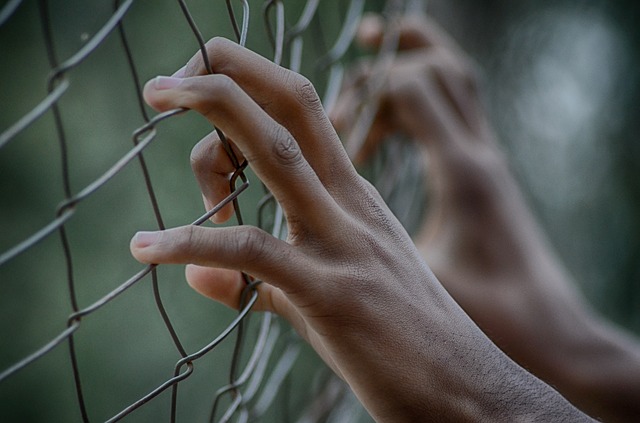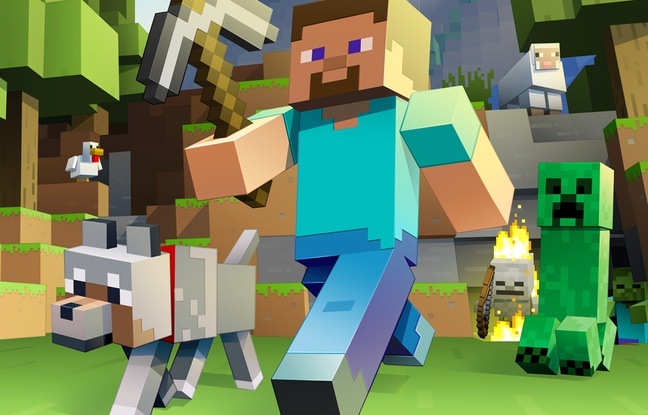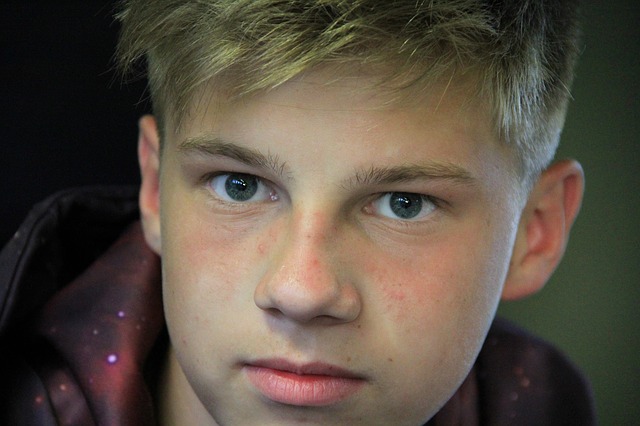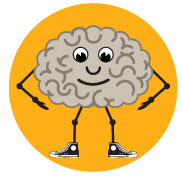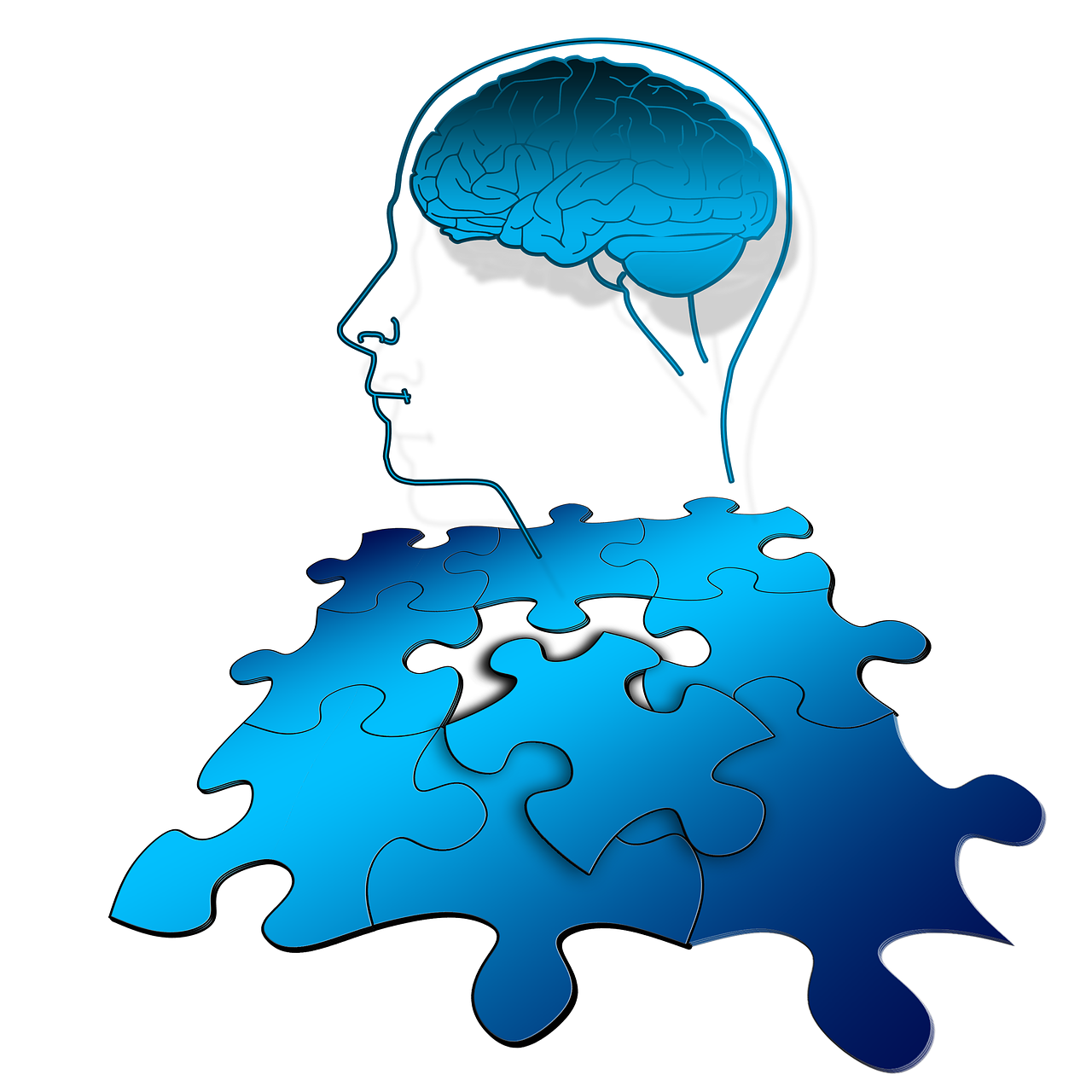Young Victims of Cyberbullying Twice as Likely to Attempt Suicide and Self-Harm
Children and young people under-25 who become victims of cyberbullying are more than twice as likely to enact self-harm and attempt suicide than non-victims.
While perpetrators of cyberbullying are also more likely to experience suicidal thoughts and behaviors, researchers say.
The study, which is a collaboration of a number of researchers from across the United Kingdom (UK) including the University of Birmingham, looked at more than 150,000 children and young people across 30 countries, over a 21-year period. Read more ›




